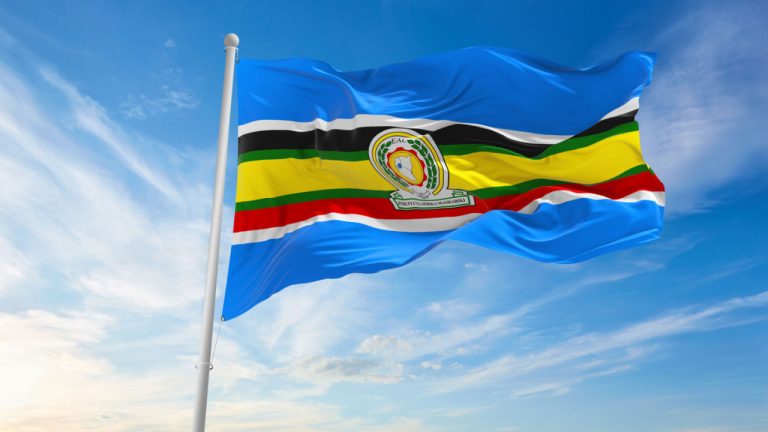The East African Community (EAC) will decide during the course of the year 2023 when and where it will locate the envisioned regional central bank, the regional intergovernmental organization’s Peter Mathuki has reportedly said. The setting up of the regional central bank is expected to help the EAC achieve its goal of attaining a single currency regime in three years.
Location of the Regional Central Bank
As the East African Community (EAC) inches towards its single currency regime objective, a top official said the regional intergovernmental organization would decide when and where it will locate the planned regional central bank in 2023. According to a report, the financial institution, which will be known as the East African Monetary Institute (EAMI), is seen as an establishment that is vital to implementing a single currency regime.
According to Peter Mathuki, the EAC secretary general, the organization’s council of ministers is expected to deliberate on the location of the regional central bank.
“The EAMI will be in place this year in what will allow us to harmonize member states’ fiscal and monetary policies, then in about three years we will have a common currency in place,” Mathuki reportedly said.
Once the regional currency is implemented, the EAC will move closer to its objective of enhanced movement of businesses and persons within the region. This, in turn, will ostensibly boost intra-regional trade, which stood at $10.17 billion by September 2022.
Eliminating Non-Tariff Trade Barriers
As previously reported by Bitcoin.com News, the EAC, which consists of seven African countries, hopes to have a single currency in place by 2024. The same report also revealed that member states had explored the possibility of having a central bank digital currency replace the moribund East African Payment System (EAPS).
Meanwhile, in addition to helping to ease the movement of businesses and persons within the region, the EAC leadership has also held discussions on how the organization can eliminate non-tariff trade barriers. As noted in the report, a total of 257 non-tariff barriers (NTB) have been solved since 2007.
Register your email here to get a weekly update on African news sent to your inbox:
What are your thoughts on this story? Let us know what you think in the comments section below.














